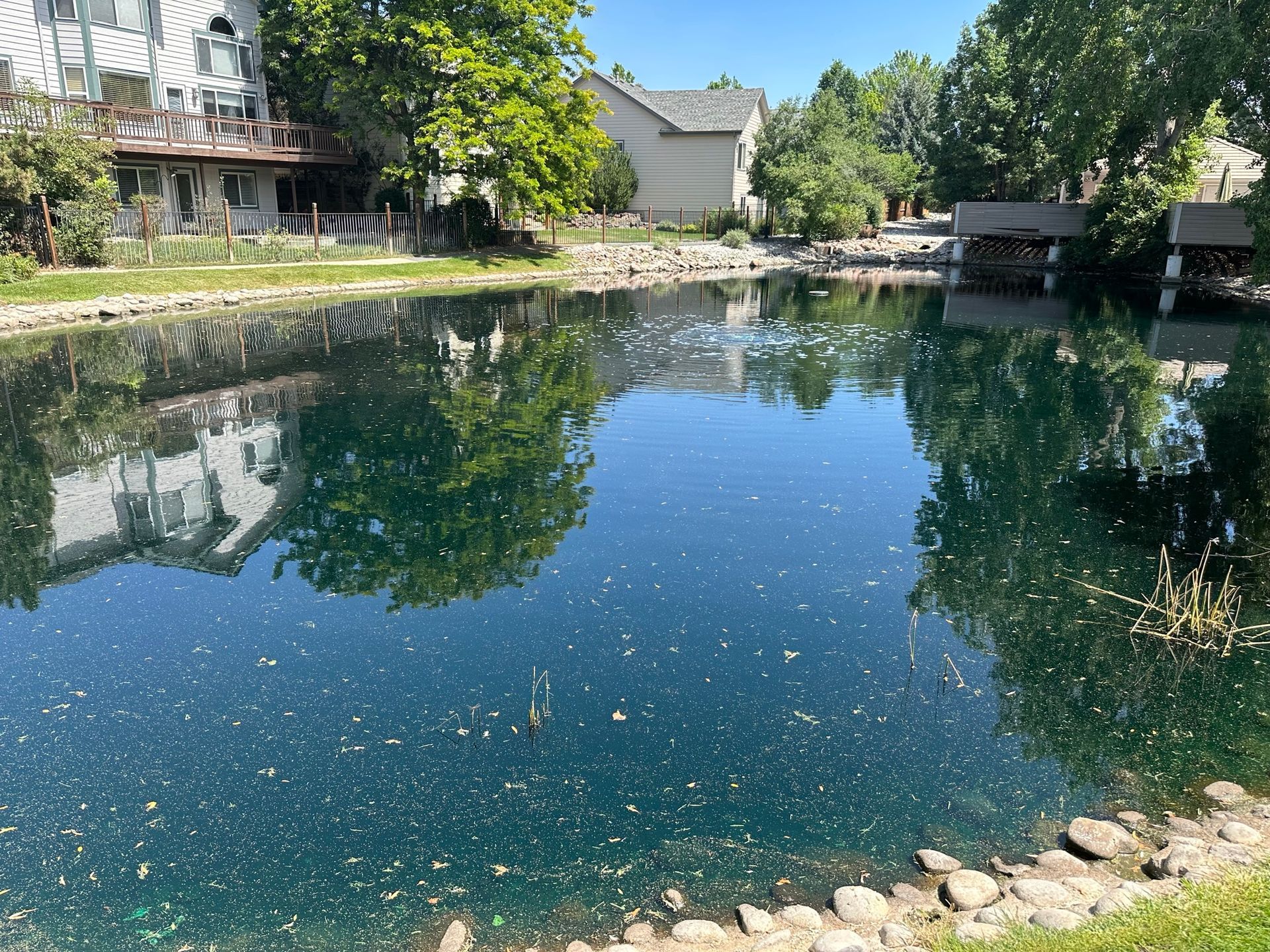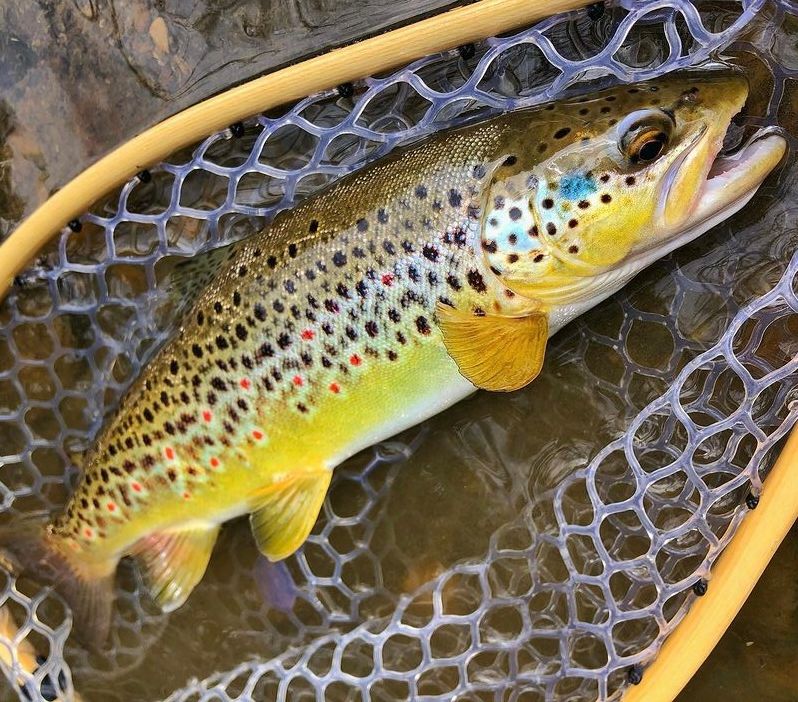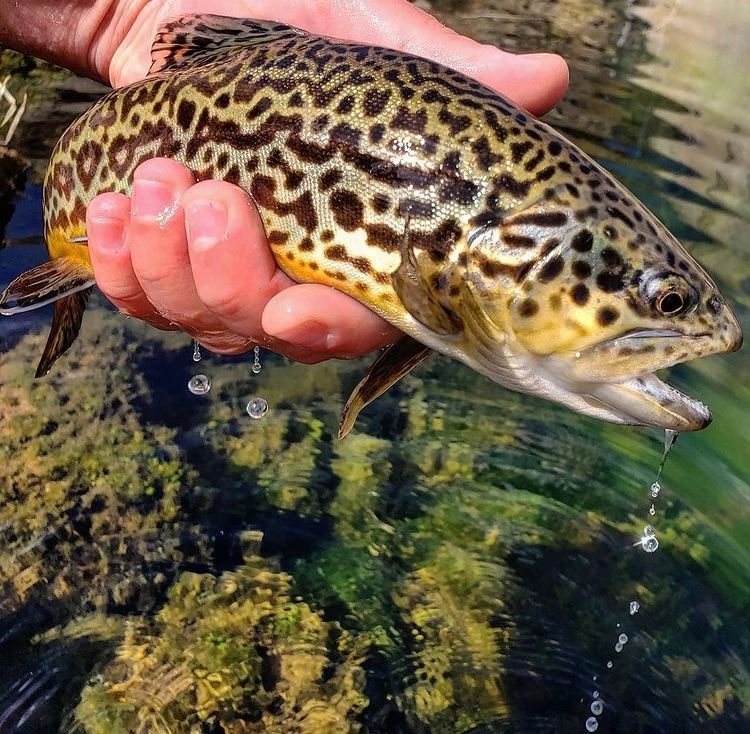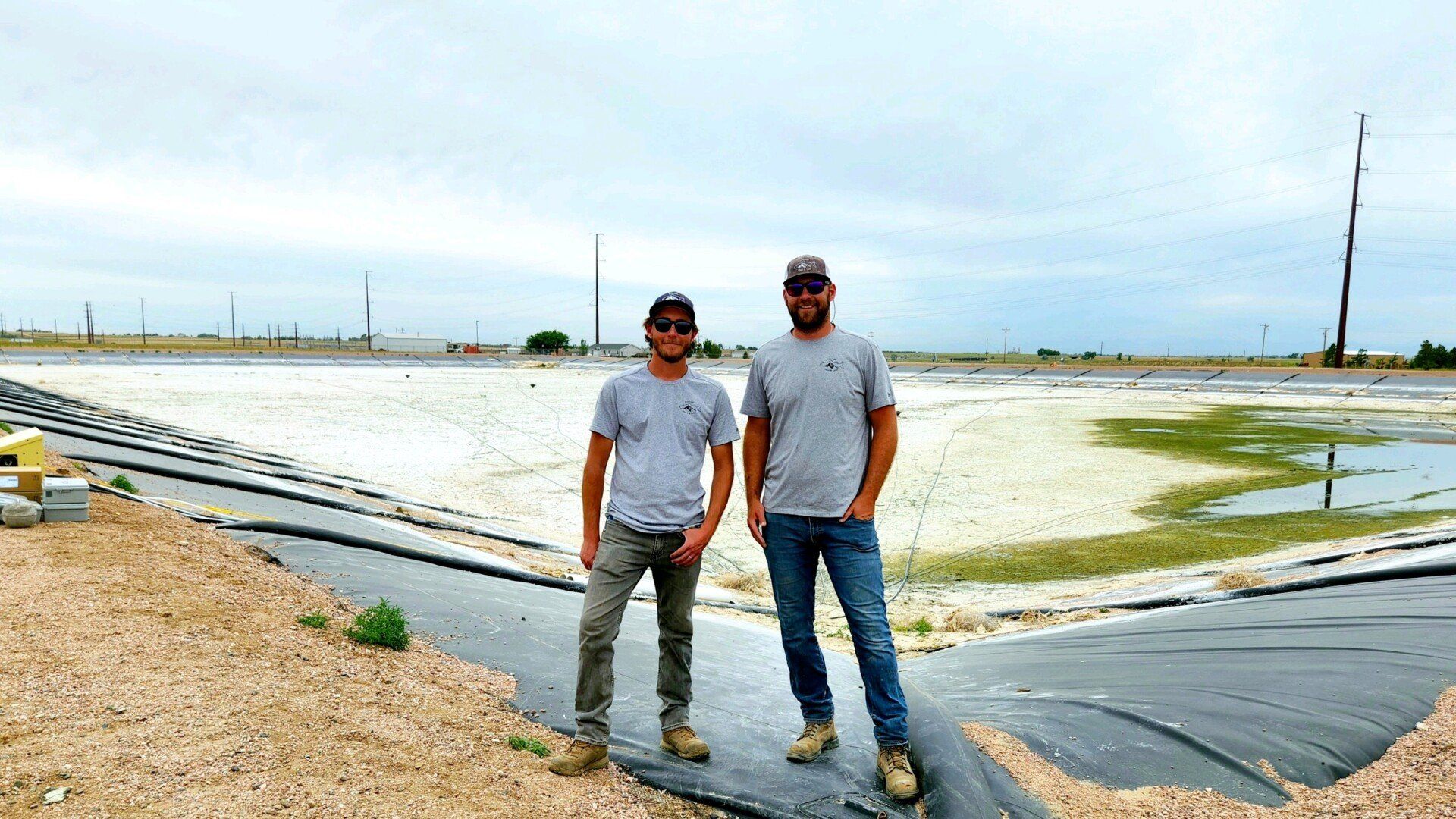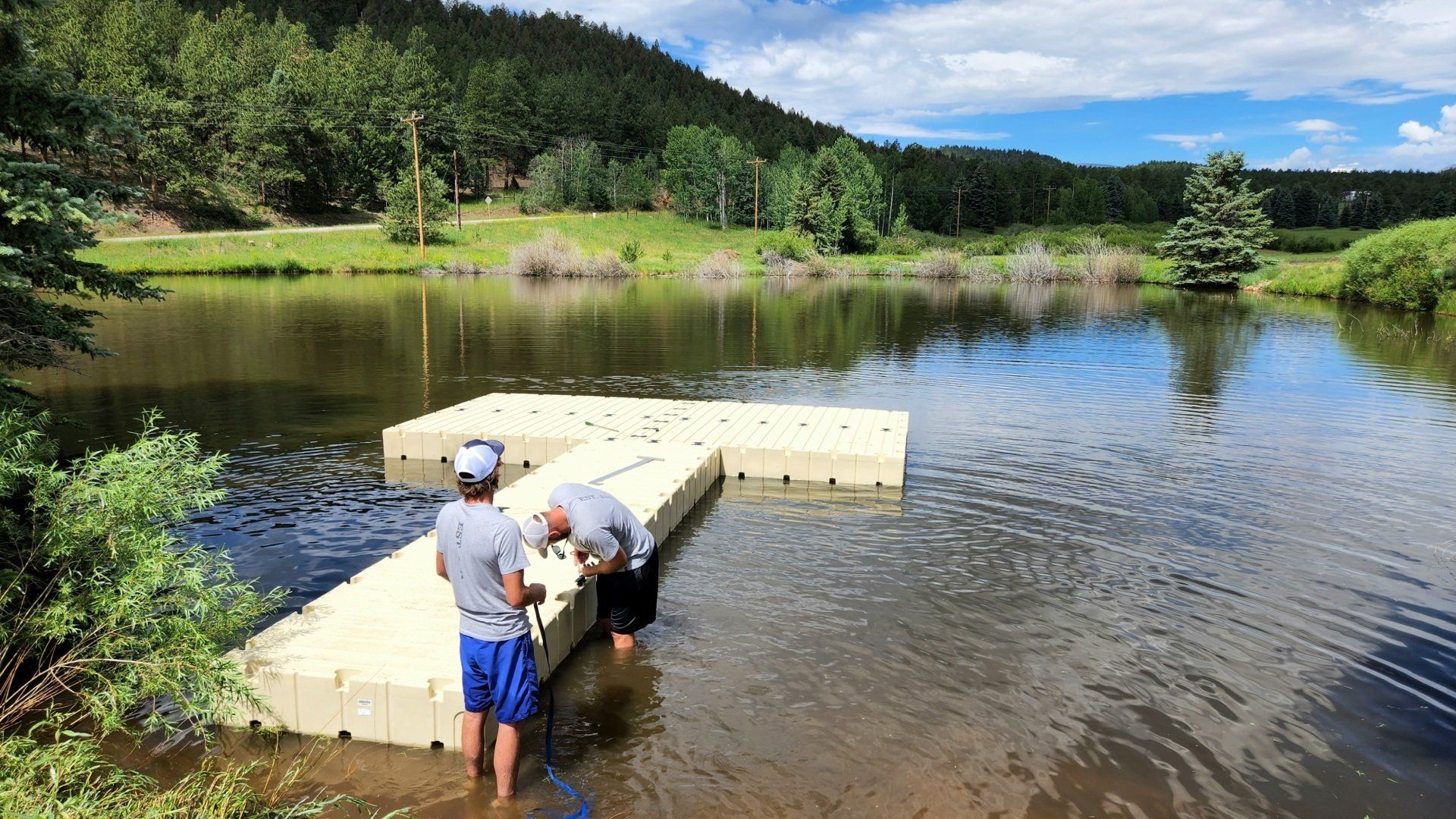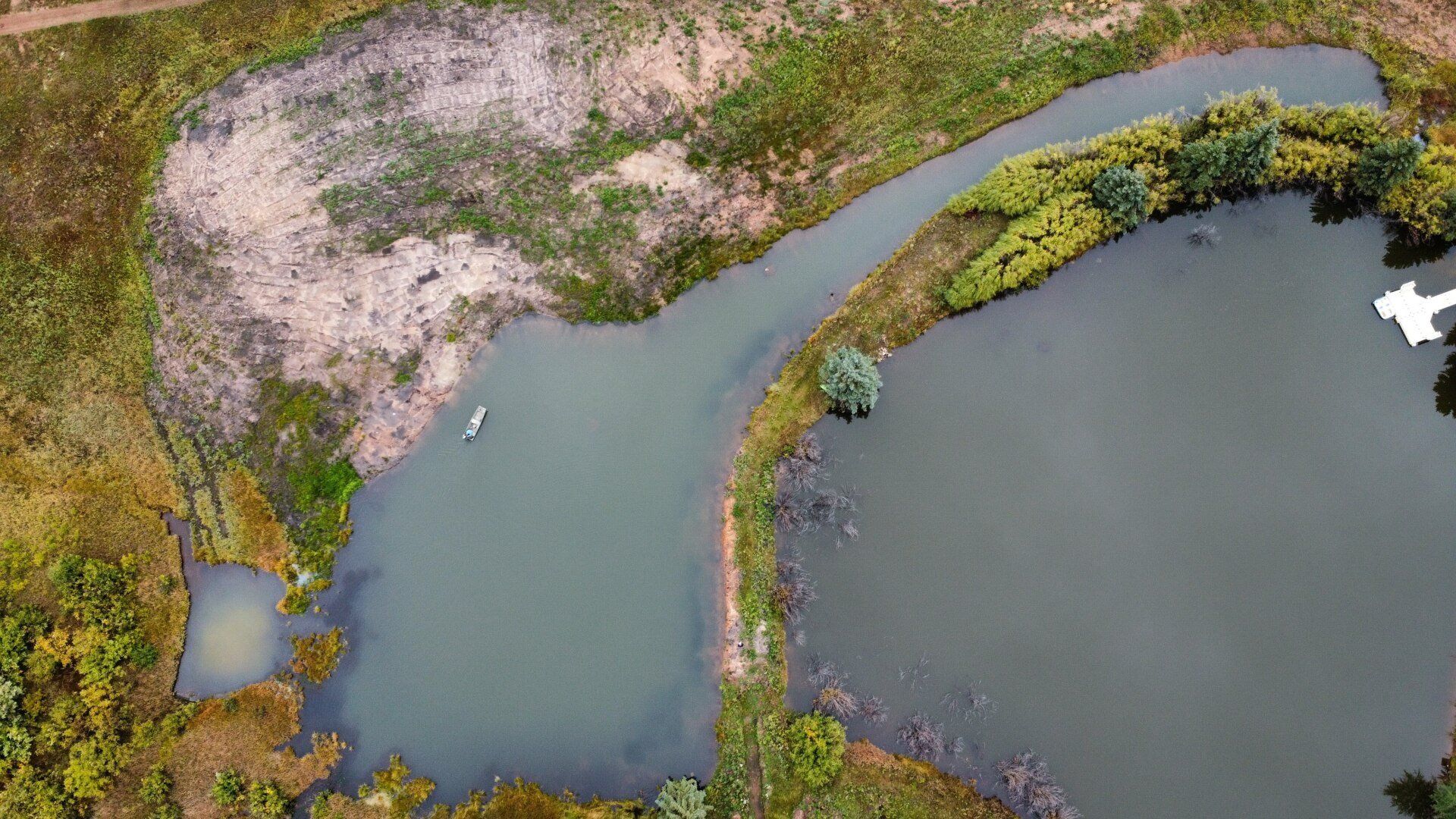Colorado Pond and Lake
News
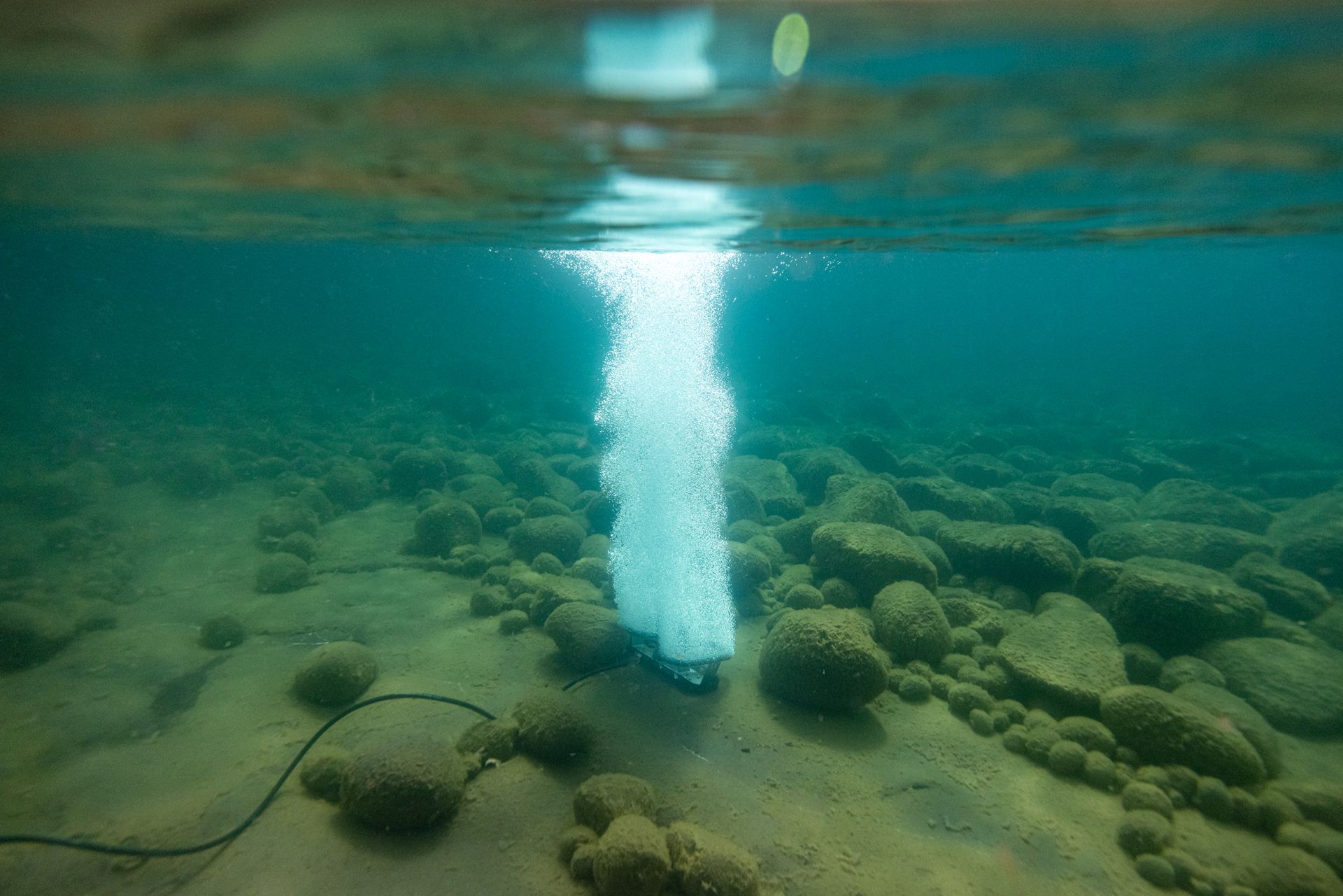
Aeration plays a crucial role in maintaining a healthy fishery and water quality in ponds and lakes throughout Colorado. In this region, the high altitude and cold temperatures can lead to reduced oxygen levels in the water, especially during winter when ice cover limits gas exchange. Aeration systems, such as diffusers and surface aerators, become essential to introduce oxygen into the water and prevent oxygen depletion, which is detrimental to fish populations. Adequate oxygen levels are vital for the survival and growth of various fish species, promoting their overall health and reproduction. Furthermore, aeration helps in preventing the buildup of harmful gases, such as hydrogen sulfide and ammonia, which can be toxic to fish and other aquatic organisms. By enhancing oxygen circulation and promoting the breakdown of organic matter, aeration also contributes to improved water quality, reducing the risk of nutrient imbalances and algal blooms. Aeration can significantly impact algae densities in a pond by promoting a more balanced and healthy aquatic environment. Algae growth is often fueled by an excess of nutrients, particularly nitrogen and phosphorus, in the water. When these nutrients accumulate, they can lead to algal blooms, causing issues such as reduced oxygen levels, unpleasant odors, and potential harm to aquatic life. Aeration systems, such as diffusers or surface aerators, help address this problem by enhancing water circulation and increasing dissolved oxygen levels. By facilitating oxygen transfer at the water's surface, aeration supports the activity of beneficial aerobic bacteria that break down organic matter, including excess nutrients. This process, known as biological oxidation, reduces nutrient availability, thereby limiting the conditions favorable for algae proliferation. Additionally, aeration disrupts stratification in the water column, preventing the formation of anoxic zones where certain algae thrive. Consequently, through the improvement of water quality and nutrient balance, aeration serves as a proactive measure to control and reduce algae densities, contributing to the overall ecological balance of the pond. Overall, in the challenging environmental conditions of Colorado, aeration proves indispensable for sustaining a balanced and thriving aquatic ecosystem, ensuring the longevity of fisheries and maintaining water quality for both recreational and ecological purposes.

